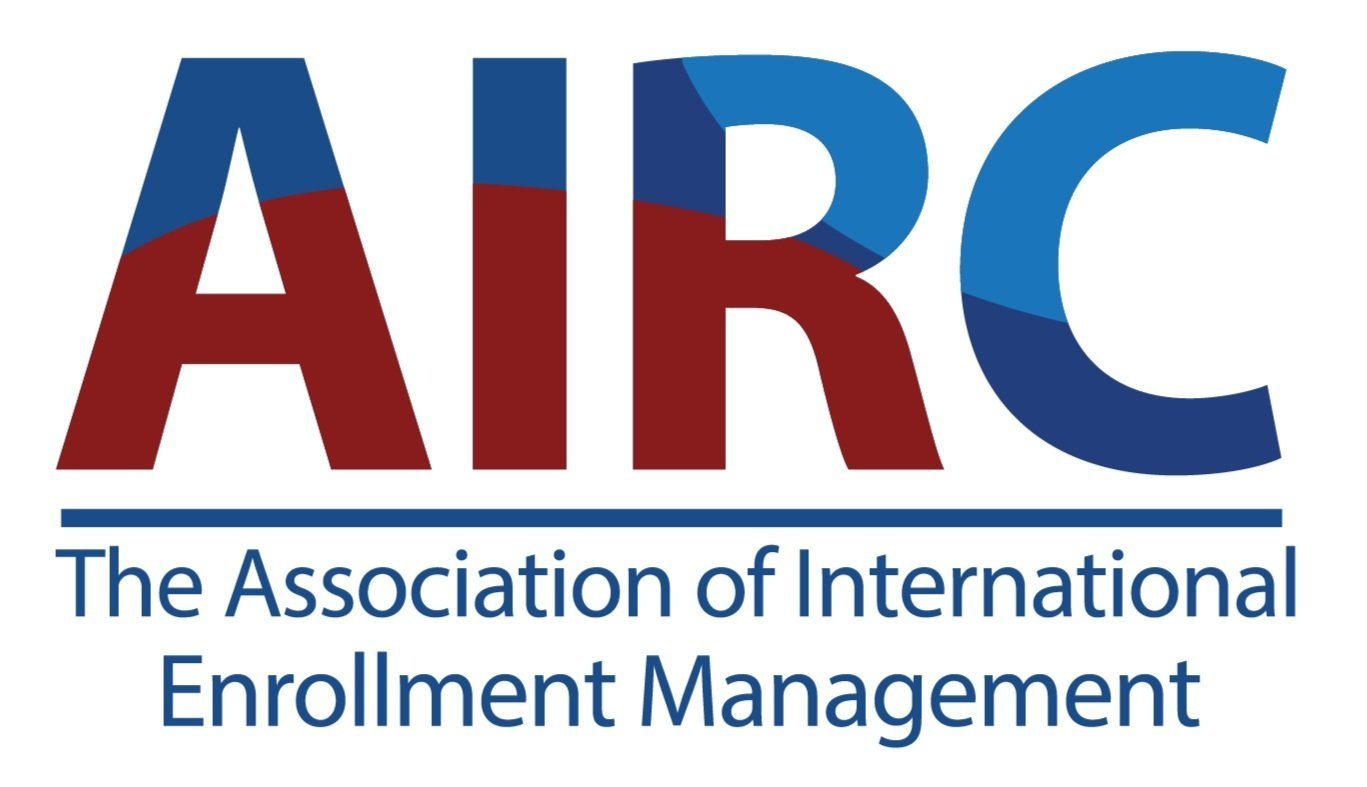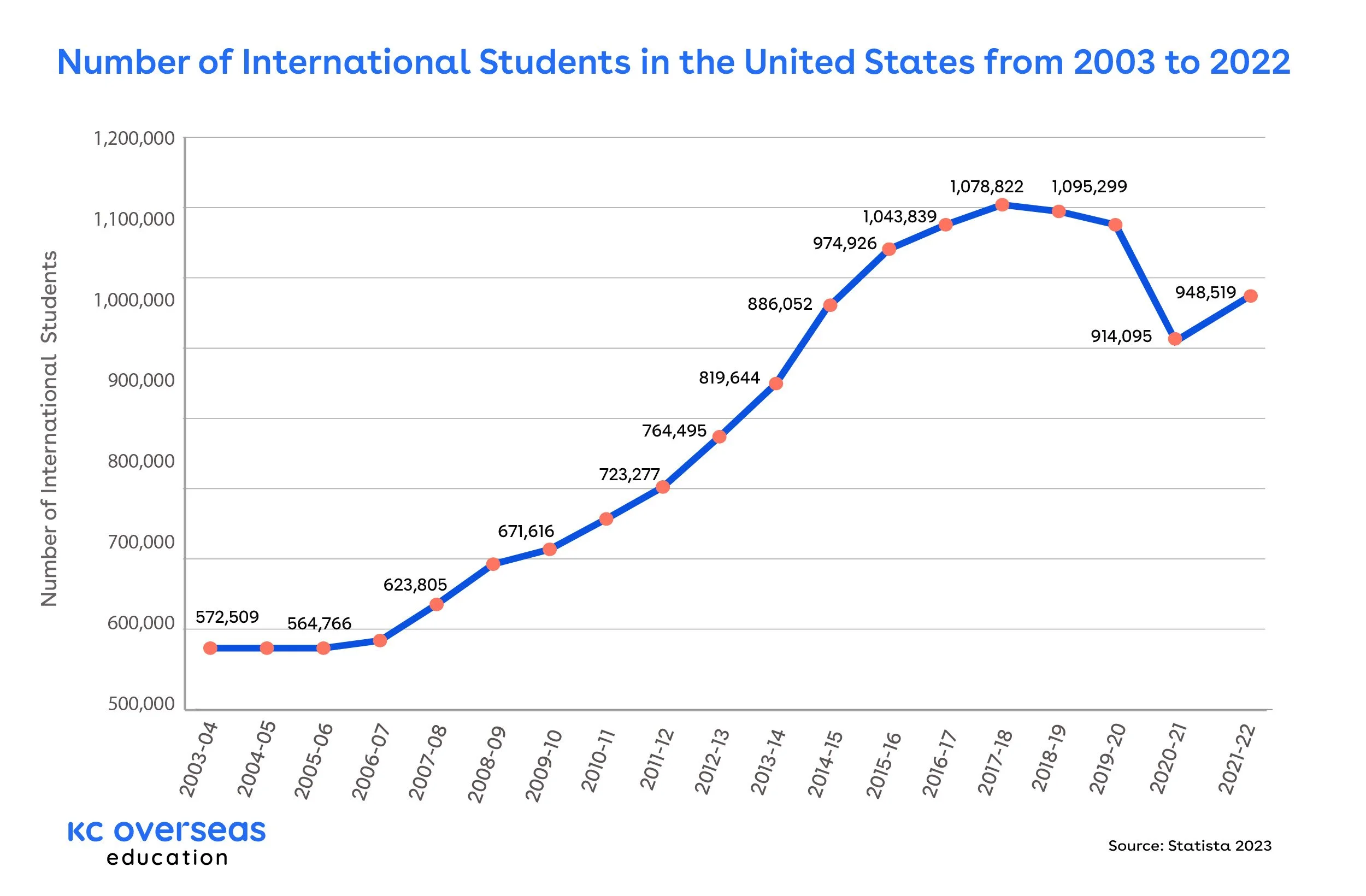New research reveals a sharp increase in the popularity of the US as international students respond to policy changes in Canada, Australia and the UK.
Changes in government policies have had a significant impact on the higher education market and shaken up the top four major study destinations, according to international education specialist IDP Education’s latest Emerging Futures, Voice of the International Student research report.
The research, which collated the views of more than 11,500 prospective, applied, and current international students from 117 countries, has revealed significant shifts in how international students perceive and engage with study destinations amid a period of ongoing political and social change in the sector.
The US, which ranked last of the four leading study destinations in the previous iteration of Emerging Futures in October 2023, has claimed the top spot of first-choice destination for the first time since IDP began surveying students on this question. Canada has felt the biggest impact, falling from first place (tied with Australia) to fourth. Australia has dropped to second, and the UK retains third place. In addition, student perceptions of New Zealand and Ireland as first-choice study destinations improved.
Simon Emmett, IDP Connect Chief Executive Officer, said these results reflect the impact restrictive policy changes are having on prospective international students, more than half of whom have changed their minds on their first-choice destination.
“This is the first time we’ve ever seen the US ranked as the most popular study destination for international students in the Emerging Futures research,” said Emmett.
“The growth in the US and emerging markets demonstrates that students remain committed to bringing their global study dreams to life but are sensitive to policy changes. The results are a reminder that governments in the UK, Australia and Canada need to provide clarity on international student policies in order to maintain the competitive advantage they have in this global industry.
“Acknowledgement of the rich cultural, academic and economic contributions made by international students to their communities is also required to ensure these countries are seen as welcoming and attractive destinations.
“The actions taken by students have played out as predicted by our previous Emerging Futures report released in October 2023. We will continue to share the voice and concerns of students as we navigate an unstable climate and connect them with life-changing global opportunities,” he said.
Students ranked the US highest for quality of education, graduate employment opportunities and value for money. A ‘high quality of education’ was rated the key driver in first-choice destination selection among the top four destinations, and the latest findings revealed that the top factor students use to identify the quality of education in a destination is its ‘availability of graduate employment schemes’.
Interestingly, when choosing a program of study, ‘demand for jobs in my destination country’ came in above ‘demand for jobs in my home country’, with students from China and the Philippines most likely to choose a program based on earning potential after graduation.
Tennealle O’Shannessy, IDP Education Chief Executive Officer and Managing Director, said that with so much visa and policy disruption, students are reliant on IDP’s quality advice more than ever, while institutions are turning to IDP’s real-time demand data and global network intelligence to better understand students’ needs.
“As governments in some countries adopt measures which impact international students, demand is inevitably being affected and it is increasingly difficult for driven and bright students across the world to pursue their global goals,” said O’Shannessy.
“IDP’s trusted team of counselors worldwide are by students’ sides providing essential support and guidance at this critical time.
“IDP will continue to champion the voice of international students and equip institutions with the latest emerging trends to inform their strategies. We will work together with the sector to ensure that students are across the latest information, feel part of a supportive network and can thrive in their chosen study destination.”
For more insights from IDP’s Emerging Futures, Voice of the International Student research, download the infographic report.
About IDP Education’s Emerging Futures research
IDP’s Emerging Futures research on the perceptions of more than 11,500 prospective, applied and current international students builds on the findings of the Crossroads and New Horizons research series, and aims to equip the international education sector, institutions and policy makers with informed insights to offer exceptional global education experiences aligned to student priorities.
About IDP Education
IDP is a global leader in international student placement and a proud co-owner of the world’s most popular high-stakes English language test (IELTS).
IDP is listed on the Australian securities exchange (ASX:IEL) and has 6800 employees across more than 30 countries. Its websites attract 100 million visits a year.
We specialise in combining human expertise with digital technology to help people get accepted into their ideal course, take an English language test or learn English in their schools. Our teams work side-by-side with our customers, at every step from course search through to starting their dream course or career.
We partner with more than 890 quality universities and institutions across Australia, Canada, Ireland, New Zealand, the United Kingdom and the United States. Our data insights are relied upon by organisations around the world to help ensure policies are informed by the diverse needs, challenges and motivations of students.
Most of all, we are proud of our people, who are trusted by our customers to help them realise their global study or career goals.

















